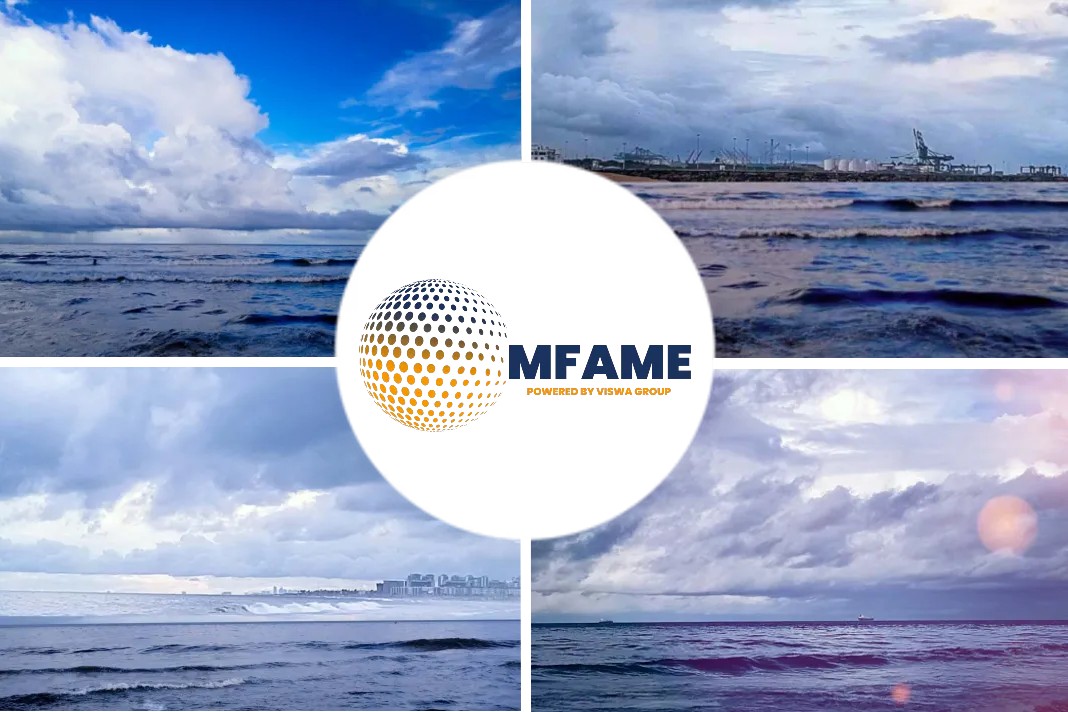- A number of cases of drug smugglers concealing drugs on merchant vessels, leading to difficulties to seafarers.
- Illicit drug producers continue to develop complex trafficking patterns, targeting commercial vessels and their crew to transit their supply through multiple stopover and transit points.
- Drug traffickers have disguised themselves as port officials and stevedores to bring packages on board.
- The Master or Chief Officer should be informed if the watch is uncertain as to whether an individual has legitimate reasons to be onboard.
There have been a number of cases of drug smugglers concealing drugs on merchant vessels, leading to difficulties to seafarers. Security consultancy Dryad Global shares their advice, says an article published on the tanker operator website.
Globalised nature of drug-smuggling
Illicit drug producers continue to develop complex trafficking patterns, targeting commercial vessels and their crew to transit their supply through multiple stopover and transit points.
The areas under highest risk are in West Africa (Cape Verde and Nigeria); India, Pakistan and Myanmar; and many countries in central and south America – Mexico, Bahamas, Jamaica, Haiti, Dominican Republic, Honduras, Costa Rica, Belize, Guatemala, El Salvador, Nicaragua, Panama, Colombia, Venezuela, Ecuador, Brazil, Peru and Bolivia.
But also, the globalised nature of drug-smuggling operations makes vessels possible targets across Africa, Europe, North America and Asia, operating out of areas which may not be directly affiliated with drug production.
Choosing a target
A methodology common in Latin America is to attach drug-filled containers to the bottom of ship hulls with rope, commonly referred to as the ‘torpedo method’.
Common methodologies globally usually involve the use of crew and port staff facilitating trafficking operations, as seen through incidents involving container ships MSC Gayane, MSC Carlotta and (general cargo ship) MV ESER.
Drug traffickers have disguised themselves as port officials and stevedores to bring packages on board, marking cargo containers as checked with replicated official seals. Then they store the packages in engine rooms, or restricted areas of a vessel which are unlikely to be checked.
Other reported but less common methods involve concealing drugs in water inlets, rudder trunks, rudder/propeller stern frames and fuel tanks of commercial vessels.
Before port calls
Before port calls, crew and personnel should be aware that drug cartels may establish communication in an attempt to befriend or achieve a level of cooperation in drug smuggling operations.
All crew should be briefed and reminded of the risks involved with engaging in these group’s operations, highlighting the risks to their personal safety and well-being.
Vessel search plans should be prepared in advance, modified and reviewed as required, in preparation for full vessel searches after leaving port and cargo operations have completed.
Mitigation in port
Single entry points onto the vessel should be strictly enforced, limiting vessel access to essential personnel only.
Pre-arranged logbooks should be kept at the single point of entry/exit, and all external persons must record their appropriate details and paperwork, verified by crew before boarding.
The Master or Chief Officer should be informed if the watch is uncertain as to whether an individual has legitimate reasons to be onboard.
A crew member or watchman should be present where visiting personnel/stevedores are aboard the vessel, keeping areas of activity under surveillance and reporting any suspicious behaviour to the Master or Chief Officer.
Watchmen should be aware of all approaching smaller vessels in the vicinity of the docked vessel, particularly after-hours under darkness.
During cargo operations
During cargo operations, partial vessel searches should be performed, with a full vessel search conducted when operations are completed.
To ensure effectiveness, vessel searches should be divided between crew and cross checked, rotated randomly by the ship security officer.
While movement aboard the vessel should be restricted at port, personnel should assume visiting persons have unrestricted access to the vessel when searching.
Some circumstances may prompt a reactive search, particularly unauthorised personnel on board, personnel carrying parcels, entry points temporarily unmonitored, evidence of disturbed stowage, missing keys, or evidence of tampering with tank tops, boat covers and unlocked restricted areas.
Once cargo operations are completed, the crew should perform a full search of the vessel.
If there are any suspicions that drugs may have been placed onboard, the Master should request a comprehensive vessel inspection, including inspection of the vessel’s hull below the waterline, before departure.
If you find drugs
IMO outlines the following information under Resolution FAL.9(34), the Guidelines for the Prevention and Suppression of the Smuggling of Drugs.
Another person must witness the position of a suspicious package or bag before taking any action. If possible, take photographs of the package or bag as it was found. Handle as little as possible and remember there may be fingerprint evidence on the package or bag.
Where necessary, remove the goods to a safe place under lock and key. Guard if necessary.
Did you subscribe to our daily newsletter?
It’s Free! Click here to Subscribe!
Source: tankeroperator.com

















